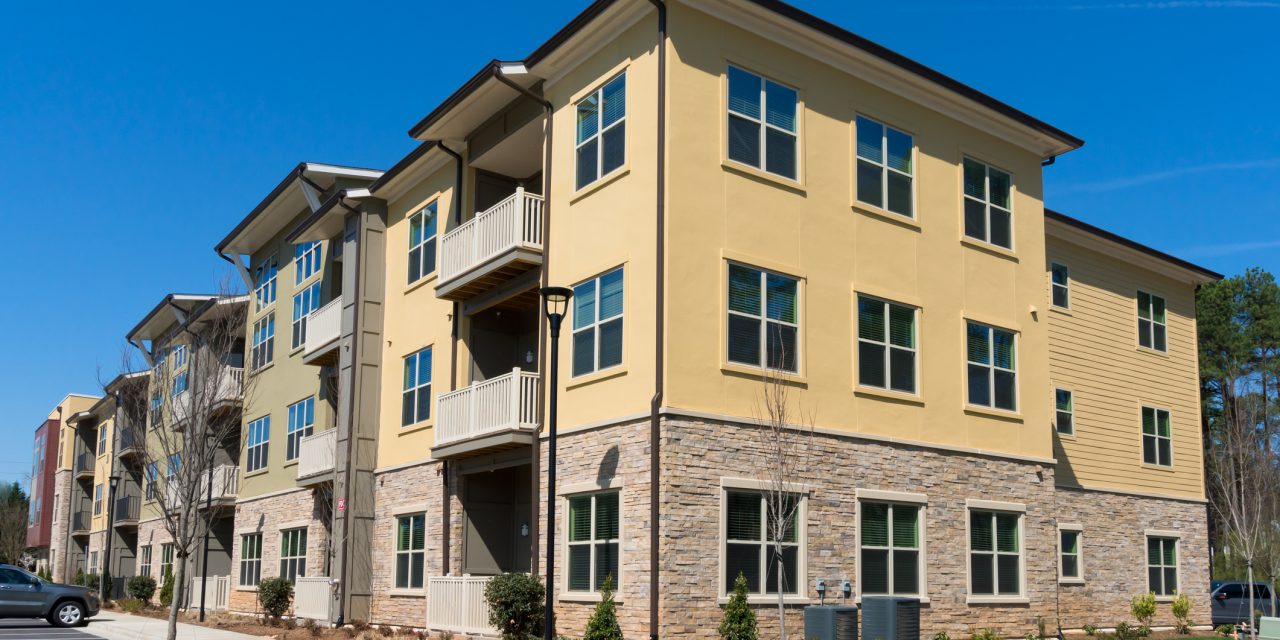As the final details of the 2018 tax changes slowly emerge from the rush of activity, one seldom talked about piece of the deal exists that endangers California’s pipeline for affordable housing.
Earlier in 2017, California’s legislature approved a bond measure to allocate $4 billion to several programs to house low-income residents. As a bond measure, the Veterans and Affordable Housing Bond Act of 2018 needs to be passed by California voters in the next election. As a similar bond measure passed easily in 2008, it is likely this present measure will pass when Californians vote in November 2018.
Contrary to the will of Californians, the GOP’s new tax plan puts the money accessed by the bond measure in jeopardy.
Here’s how it works: the affordable housing plan relies on money from federal tax breaks. Half of the $4 billion bond measure will come from tax-exempt private activity bonds. However, the House’s version of the new federal tax plan completely eliminates the tax breaks for these types of bonds.
The Senate and the House of Representatives both passed similar versions of the new tax plan, with a few notable differences. The elimination of tax-exempt private activity bonds is only found in the House’s version of the bill, not the Senate’s.
Now that the two legislative bodies have each passed their own tax bill, they will meet in Committee to compromise between the two versions. Therefore, it’s possible this change impacting tax-exempt private activity bonds will be scrubbed. Or not. It’s also equally possible the House and Senate will choose to fully eliminate their status.
Related article:
(Somewhat) addressing housing concerns, Senate passes tax reform package
California needs more construction, not less
The elimination of these tax-exempt bonds will dramatically decrease the number of new housing units that will be built in the coming years. California legislators estimate the bond measure, if implemented, would provide for 90,000 new housing units for low- and moderate-income residents, according to Mercury News. The elimination of these bonds will cut this number in half, hurting mostly seniors and veterans.
These types of tax-exempt bonds were used to finance 20,000 newly constructed housing units in 2016 alone. This represents roughly 20% of the housing units started in 2016. Further, today’s current rate of construction isn’t even close to keeping up with population growth.
Related article:
Each year, California’s adult population grows by roughly 300,000 individuals, according to the U.S. Census. Not all of these new adults need individual housing, as many live in group homes, including college dorms and senior living. Others have roommates or are married. But even with cohabitation in mind, today’s construction is not enough to keep up with demand.
New home construction remains well below its historical average. Worse, construction has performed below its historical average since 1990 — not counting a brief rise at the peak of the Millennium Boom.
The lack of sufficient residential construction has contributed to historically low vacancy rates and skyrocketing home prices and rents in California. Insufficient housing for Californians exists at every income level, with low- and moderate-income individuals experiencing the most severe drought in their price range. The state’s affordable housing bill is meant to alleviate some of the shortage and bring prices back in line with incomes, and thus its elimination would have a directly negative effect on the market.
Keep an eye on the tax bill as the details are finalized in the coming days. This obscure change to tax-exempt bonds will have a big impact on housing in California.















You can be sure if democrats get in power you will have more poor. But then you can feel good that government is taking personal responsibility for society out of your hands, and you can continue to feel smug and self righteous.
I, for one, am glad Trump’s tax bill passed! California needs to quit over taxing and over spending! Also, they need to repeal the sanctuary state stupidity that was just passed!
If we would follow Harry Truman and Dwight Eisenhower’s examples and deport the approximately 4 million illegal aliens in California it would free up some housing units.
Agree, but California loves to coddle them that is why we are in a “Sanctuary State.” We provide for all their needs. Maybe, we will be the ones to move somewhere else when it becomes so unbearable.
Californians better wake up. Not everyone who may want to live in California can. The market, i.e., the price of California homes, is the regulator. What drives up our real estate prices? The weather! If it wasn’t for California’s weather, or liberal politics, most people living here would move. Those who cannot afford to live here will have to move to those states where they can afford to live and buy a home. And those bonds you talk about. Who is going to pay for them. You guessed it. Those of us who can afford it and only us. One third of those living in California are already on the public dole in one way or another. Californian’s cannot afford to continue paying for those who “don’t pay their fair share”. The State is already 700 billion dollars in debt and going deeper! Wake up and smell the “truth”. We cannot keep paying for those who cannot or will not pay for themselves.
Looks like the 2018 elections are becoming more and more important especially to the poor, the working class and the seniors! We better start paying attention!